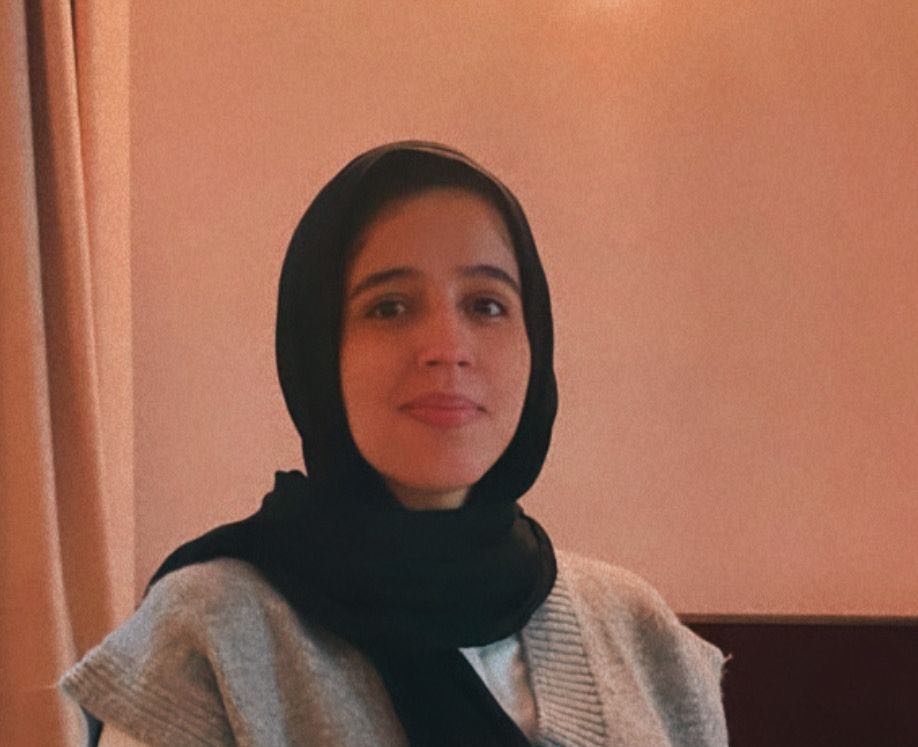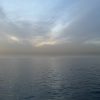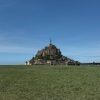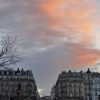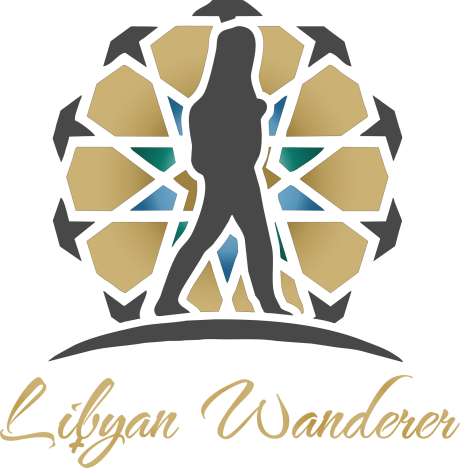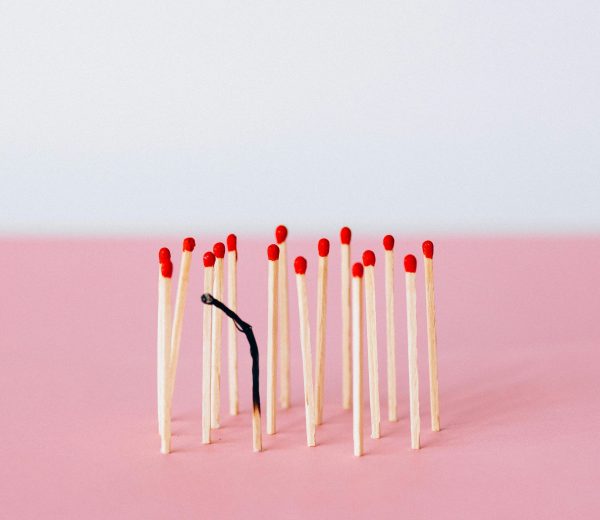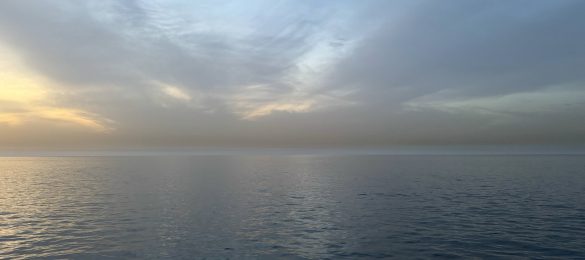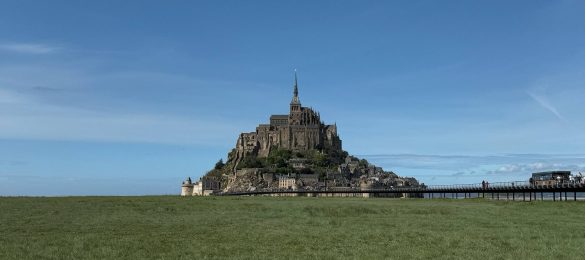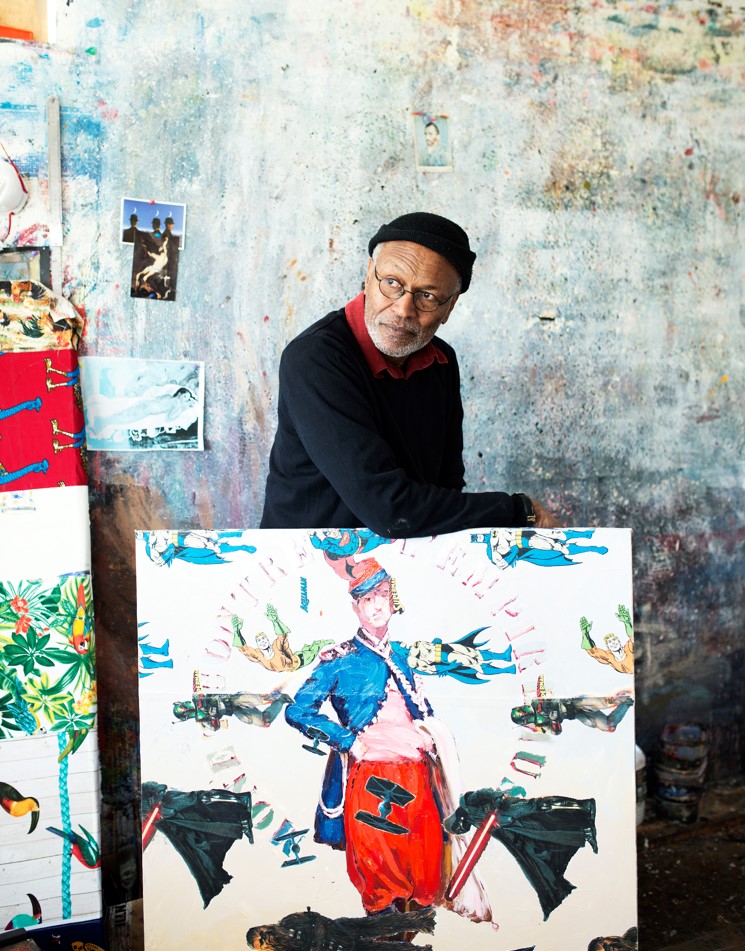
Hassan Musa, a Sudanese- French artist, was born in El-Nuhud in 1951, in Sudan. He is a graduate of the Fine Arts School in Khartoum before settling down in France in 1978. After that, Hassan Musa received his Ph.D. in Art History at Montpellier in 1989. His passion for Art began from a very young age as he paved his way in the artistic field. He has participated in numerous international events, including Africa Remix in 2005; exhibitions, collective or individual, have been dedicated to him. His works have entered various public and private collections.
The Exposure to Art of Different Forms Musa
With the emergence of the Cold War, propaganda was one of the main fronts. As a result, Sudan received numerous foreign magazines and journals, such as the China Pictorial, by the end of the 1950s and early 1960s. It consists of the artwork of Chinese artists. For Hassan Musa, it was an observation and exposure trial to the global art scene.
In addition to receiving Sabah Al Kheir’s journal from Egypt and Dar Al Helal Publications, Samir and Mickey, and Al-Helal newspaper, the impact of Cinema as the image and Movement differed significantly. Because of that, it increased his knowledge of art and history while developing his technical skills at the same time. Hassan Musa was already involved in European Art with that exposure and never felt foreign. Thus, it reflects upon his relocation to France.
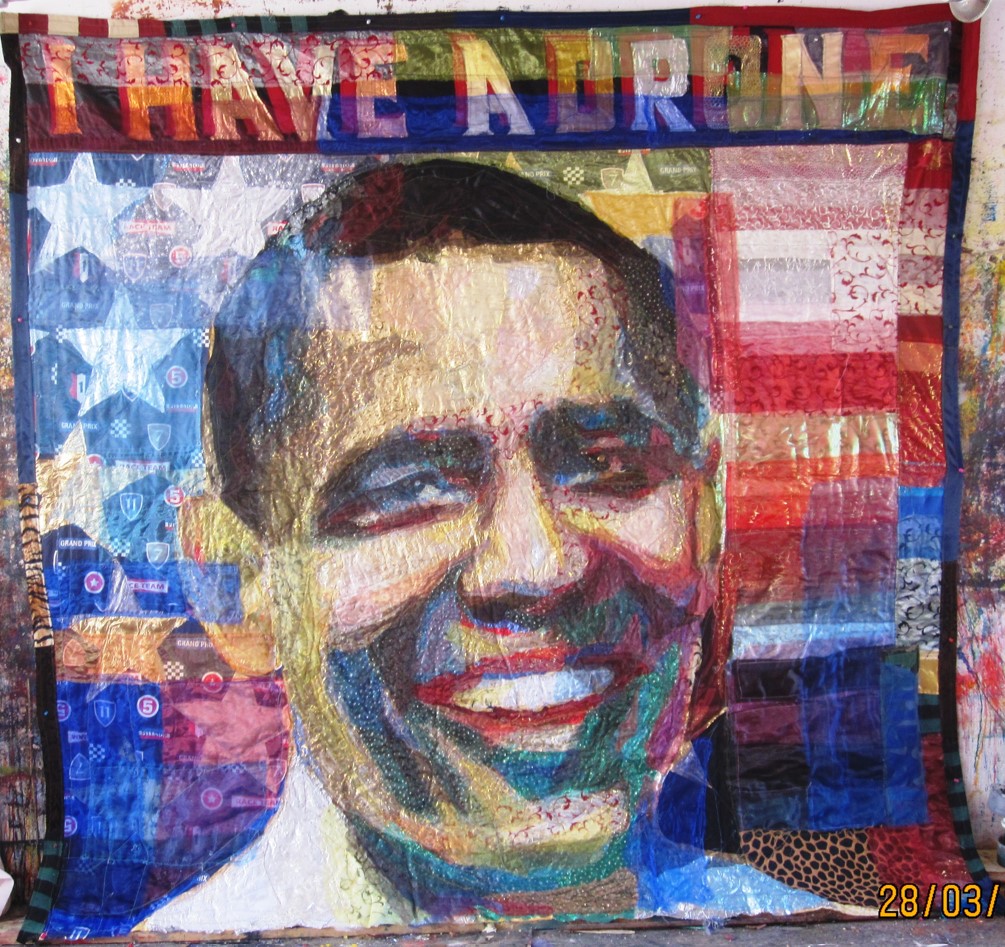
However, Europeans began the critical approaches to reference and label different art forms based on origin and culture. For instance, Conceptual African Art is a state of mind pre-defined by global powers—a racial category to keep artists from different regions in their identified categories. As a result, it imposed a challenge for him upon his arrival as his artwork was not the African art expected by those who managed the art scene in France.
Nationalism in Art, reflections & Consequences
During our conversation, Hassan Musa and I got the chance to tackle the landscape of Art in Sudan and the changes it went through. Following the independence of Sudan in 1956, national Art was the dominant topic of discussion in Sudan. The debate was prominent in creating a pure Sudanese art that represents the country and the society. Nationalism was already conflicting with the general landscape of Sudan as the country stands between Arabism and Africanism. As a result, it influenced many artists to work exclusively on this concept.

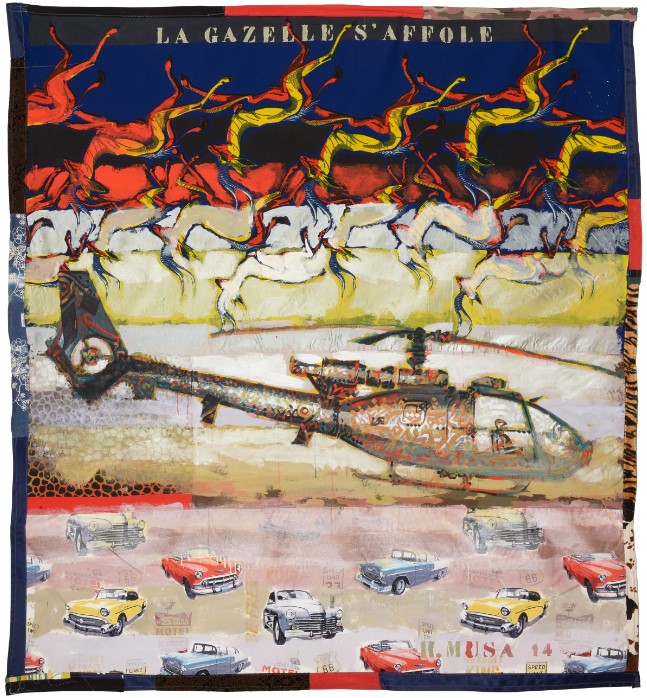
In 1960, the “Khartoum school” Movement, formed by the Sudanese artists; Ahmed Shibrain, Kamala Ishag, and Ibrahim El-Salahi, put forward the issue of Arab-African identity. Thus, this mix, a made-up concept, could be considered dangerous, reflecting citizenship in a minimal sphere. Hassan was one of the critical voices against the “Khartoum School” Movement. This identity issue emerged following the civil war in Sudan, and even after Omar Al-Bashir came in power, he also defined Sudanese with specific ideologies linked to religion.
The Image of Thought
Hassan Musa has had an experimental approach to art since he was young. At around 13, he watched his elder brothers doing calligraphy work. Hassan Musa tackled calligraphy from a new lens throughout his career as an artist. He developed an approach to using calligraphy as a drawing tool.
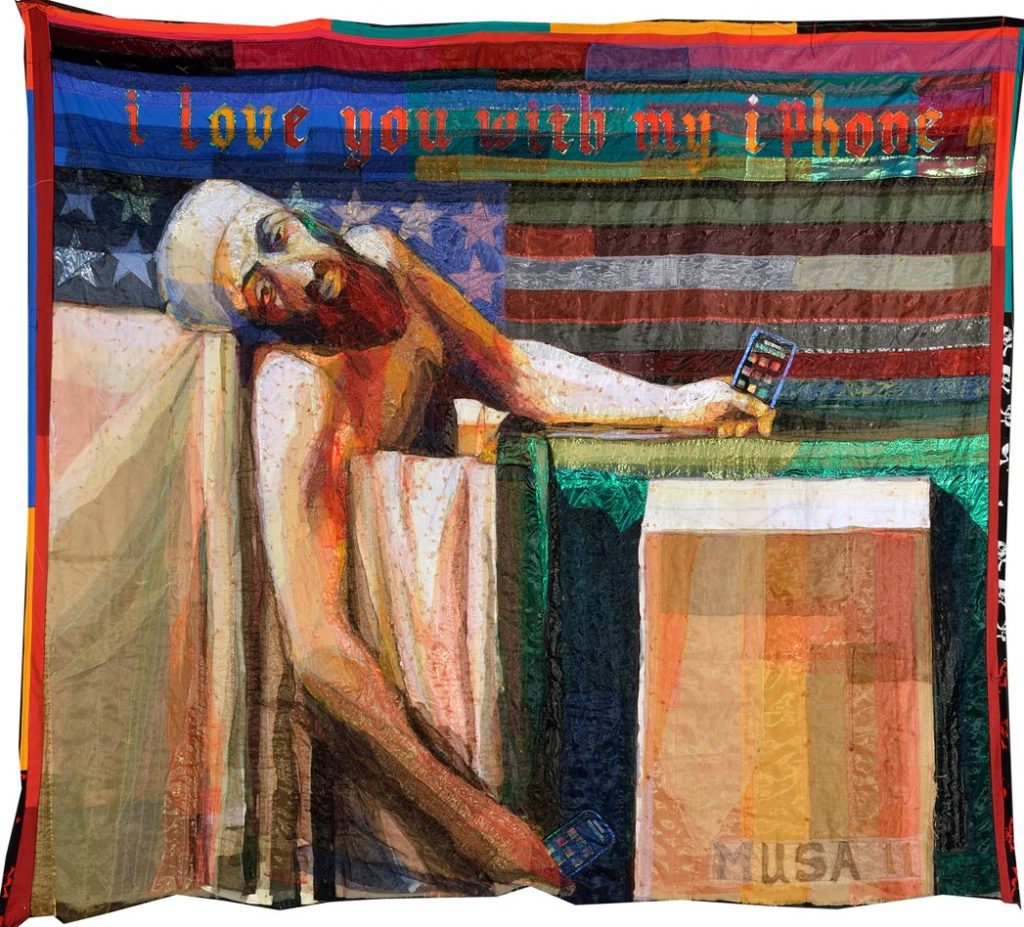
As he described it, it is a personal reflection of thoughts. He then wanted to create Arabic calligraphy not directly linked to the text itself but the image. It is calligraphy as drawing. Thus, Hassan developed his work according to this methodology. He is sensitive to diverse traditions of calligraphy, including the Asian art experience in this field.
Redefining Global Imagery
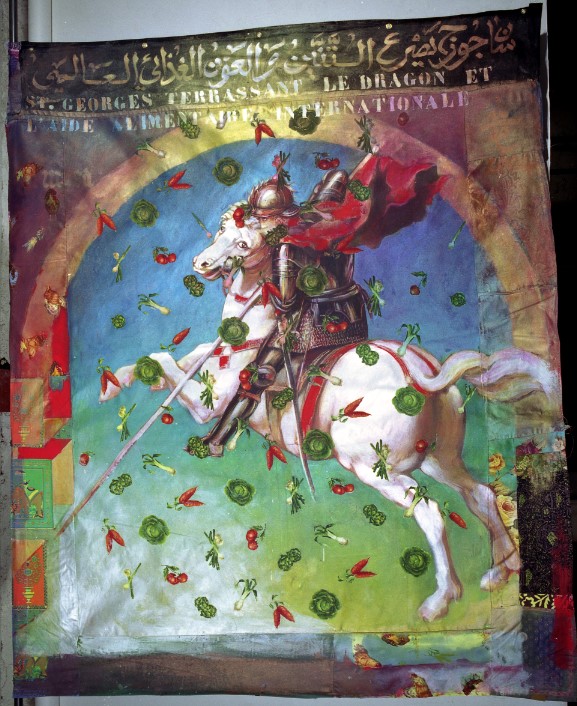
Art is used as propaganda by economic and political powers worldwide. Hassan’s art tries to reverse a kind of counter-propaganda. It has allowed him to provide a new sphere for art observers to dwell and reflect. Also, Hassan Musa thinks that artists did almost everything in art.
For an artist, it is a big challenge. Artists have to invent new approaches. Hassan studied and researched the updates within art from different realms. If artists experimented with almost everything, Hassan Musa developed a unique and raw contribution to the field.
Through his artwork, Hassan re-visits famous paintings of European history of art. For instance, the images of European masters, such as Delacroix, Vermeer, Monet, Gauguin, are used by Hassan Musa in new contexts. The result is to let the observer wonder and ask further questions. He aims to open new realms and perspectives from today’s world.
As we were reaching the end of our interview, I asked Hassan Musa his hopes for the impact of his art on the world, and he said, “if Art has changed my life, then it is good enough to impact the world.”
For Furthure Information:
Please check Hassan Musa’s website for more in-depth details on his artwork: (hassanmusaofficial.com) and on Instagram: (@hassan_musa_official). If you are in Paris, make sure to visit Hassan Musa’s upcoming exhibitions at Galerie Maia Muller – 19 Rue Chapon – 75003 Paris:
« Le passeur tranquille « from 22/01/2022 until 26/02/2022
« Allégorie à la banane » from 02/03/2022 until 12/03/2022
